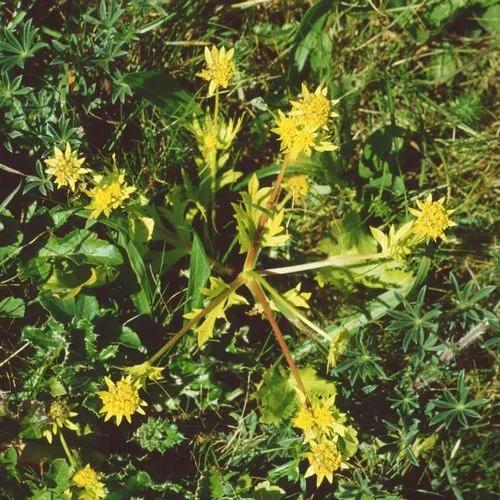Sagittaria latifolia is a plant found in shallow wetlands and is sometimes known as broadleaf arrowhead, duck-potato, Indian potato, or wapato. This plant produces edible tubers that have traditionally been extensively used by the indigenous peoples of the Americas. Sagittaria latifolia is a variably sized (2 to 20 metres (6.6 to 65.6 ft) in length) perennial growing in colonies that can cover large amounts of ground.
Sagittaria Latifolia Care
Sagittaria Latifolia
Other names: Duck Potato Plant



How to Care for the Plant

Water

Dwarf Sagittaria is one of few plants that can survive in high pH and hard water conditions, although, ideally, a pH of 6.5 to 7.5 is preferred. The water temperature should be between 720 to 820 Fahrenheit. So, the plant will grow well in most freshwater tropical and brackish tanks, as well as in a coldwater setup, as long as room temperature is somewhere within the aforementioned parameters.

Pruning

These plants can overtake smaller, slower-growing species in the aquarium, and you may want to thin them out or trim them from-time-to-time. To thin out the plants, simply pinch the main stem through and remove excess growth. To remove dead leaves, pinch the leaf as close to the stem as possible; it should just pop off.

Fertilizer

Sagittaria grows best when provided with a nutrient-rich substrate. If that’s not possible, you should ensure that the water column is regularly fertilized. This plant is very sensitive to low iron levels in the water, and yellowing of the leaves usually indicates that there is an iron deficiency in the tank. Although these plants do appreciate the addition of CO2 to the water, they will do well in an aquarium that doesn’t have that, provided that the lighting is sufficient to encourage the plants to grow.

Sunlight

Part shade.

Soil

Perform well in most types of soil.

Temperature

Lowest temperature: -20° to -10°F (-29° to -23°C).

Container

Pot with drainage holes.

Popularity

82 people already have this plant 20 people have added this plant to their wishlists
Discover more plants with the list below
Popular articles






